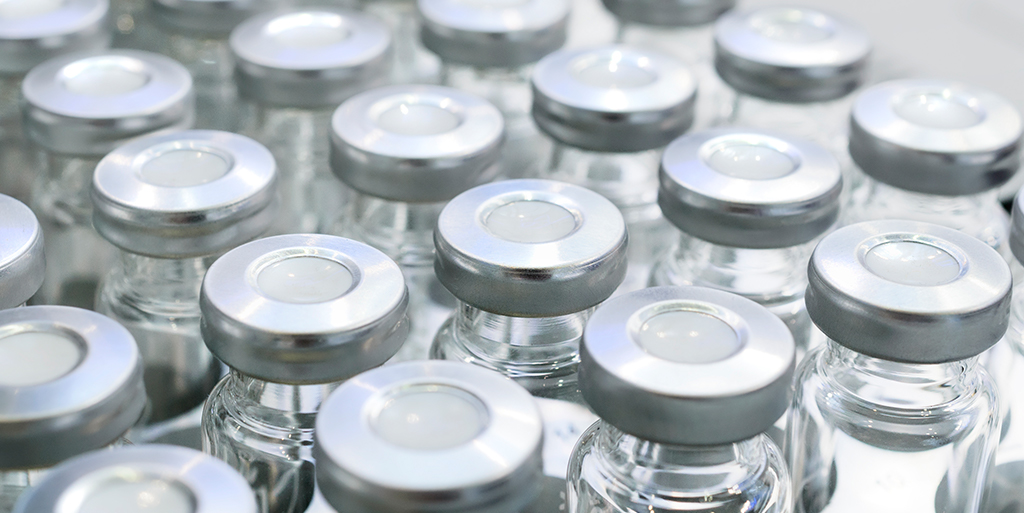Belize and Trinidad & Tobago receives COVID-19 vaccines
Belize and Trinidad & Tobago have respectively received 33,600 doses of COVID-19 vaccines through the COVAX Facility.
PAHO’s Revolving Fund, which is responsible for the procurement of COVID-19 vaccines for the countries of the Americas under the COVAX Mechanism, sent the doses of the AstraZeneca/Oxford vaccine, manufactured by SK Bioscience of South Korea.
Belize’ first vaccines will serve to protect priority groups and those most at risk, such as health workers, older adults, persons with special conditions (cancer, HIV & requiring dialysis).
Michel Chebat, Minister of Health and Wellness expressed how grateful he was for this delivery that will add to the vaccines that they already have.
“We extend appreciation for the team effort coordinated through our partners, PAHO/WHO, UNICEF and IDB for negotiating, purchasing, and handling the shipment logistics on behalf of Belize and the other 36 countries participating in COVAX,” said Minister Chebat. “This was our only hope for a long time to ensure that the people of Belize get vaccines and now we can celebrate the arrival today.”
Terrence Deyalsingh, Trinidad & Tobago’s Minister of Health is also in gratitude in the milestone in Trinidad and Tobago’s COVID-19 response.
“On behalf of the people of Trinidad and Tobago, I wish to express how happy we are that these WHO-approved vaccines have landed on our soil. This is an important step for us as we move from the management to the control of COVID-19.”
According to the first round of COVAX allocations, Belize and Trinidad & Tobago are expected to continue receiving doses until it reaches 100,800, the amount specified by COVAX.
COVAX seeks to provide vaccines for at least 20% of the population of each participating country during 2021. In this first round of vaccine allocation, all COVAX participating countries will receive doses to vaccinate between 2.2 and 2.6% of their population. The only exceptions are small island developing States, which will receive an allocation of vaccines to cover between 16 and 20% of their population, due to the high logistical cost of delivering small quantities of vaccines.



